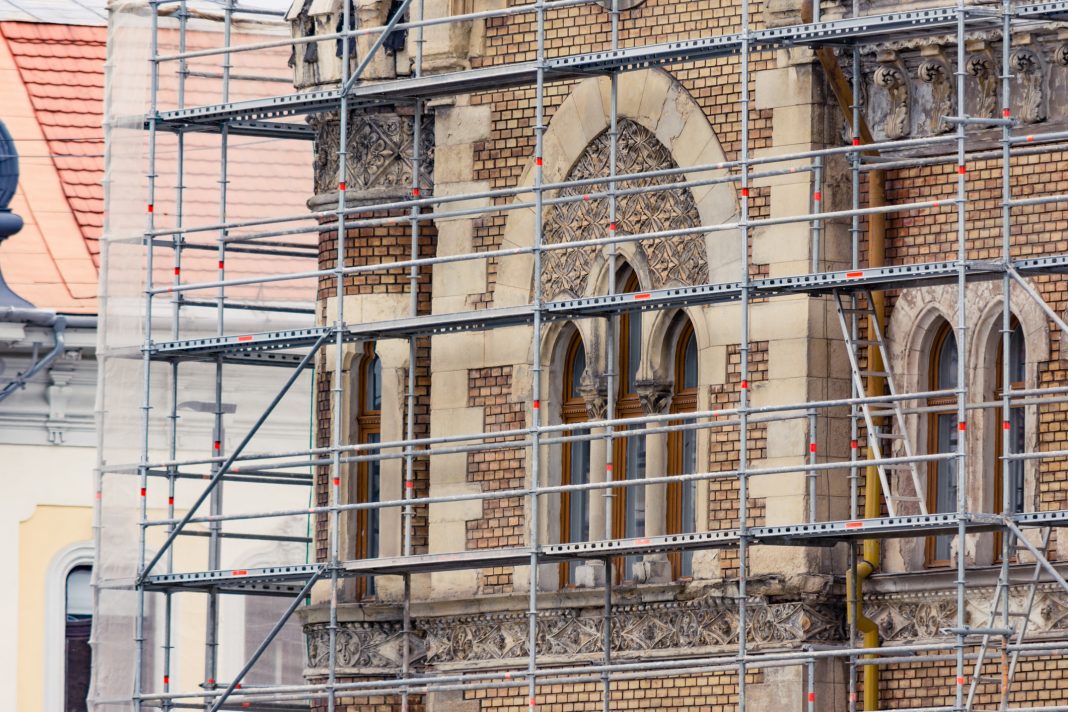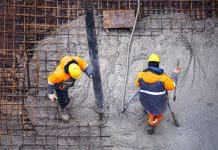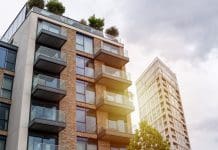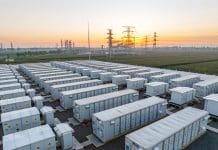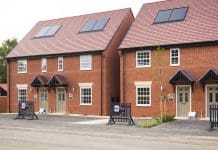In this article, Emily Smith, COO, Argyll, and Sarah Halpin, head of sustainable solutions at Ramboll discuss the benefits of retrofitting heritage buildings and how office buildings can stay up to speed with sustainability targets
With energy efficiency targets fast approaching and a staggering 87% of UK office stock only rated at an EPC rating of ‘C’ or below, time is running out to ensure the office market can stay up to speed with sustainability targets.
However, this race to net zero often overlooks the heritage buildings that makeup so much of this stock in favour of new builds.
According to the Royal Institute of Chartered Surveyors, more than a third of the lifetime carbon emissions from a typical office development will already have been released upon completion.
Focusing efforts on new developments in line with sustainable standards will only get us so far in the transition to net zero
After all, around 80% of the buildings expected to exist in 2050 have already been constructed.
Retrofitting should be centre stage as a crucial solution not only for rejuvenating current office buildings and meeting the changing demands of the modern workforce, but also for forging a more sustainable path.
Argyll recently embarked on an ambitious refurbishment project across our portfolio of heritage office buildings in prime London locations which aimed to strike a balance between honouring the legacy of each building and updating them to meet new energy efficiency targets.
Shedding light on the appeal of retrofitting heritage buildings for the modern workforce, the advantages of a meticulous data-led approach, and the current gaps in policy facing retrofitting in the UK, are vital to understanding the challenges of updating our office stock.
The appeal of heritage
Heritage buildings carry the imprints of various architectural styles and hold rich historical and cultural value, making their preservation of vital importance.
Retrofitting has the potential to breathe new life into these time capsules, ensuring that listed heritage buildings are celebrated while bringing them in line with modern needs.
This dual approach is an increasingly attractive aspect of office heritage buildings for workers who value characterful, inspiring surroundings over soulless, purpose-built skyscrapers.
However, heritage buildings were often constructed using techniques and materials that fall short of contemporary safety regulations and structural standards and do not have the amenities required by today’s workforce.
Retrofitting enables buildings to be structurally fortified as irreplaceable historical assets
Retrofitting provides a solution to these issues, enabling these buildings to be structurally fortified as irreplaceable historical assets and updated to accommodate the technologies needed by the modern workforce.
For example, improved discreet insulation, HVAC systems, and accessibility features enable these listed buildings to be used by occupiers without compromising their aesthetic value.
In contrast to the perception that older listed structures impede sustainability objectives, small interventions can, in fact, go a long way.
For instance, LED lighting installations which emulate traditional fixtures and natural ventilation mechanisms that reduce reliance on mechanical heating and cooling systems, or updated energy-efficient heating and cooling systems, can increase EPC ratings.
A case in point is 84 Brook Street, an emblematic property within Argyll’s heritage portfolio. Guided by the expertise of heritage and sustainability specialists, it moved from a ‘D’ EPC rating to a ‘B’.
Adopting a data-driven approach is key
Today, businesses are swiftly realising that adopting a data-driven approach is key to yielding invaluable insights into building design, enabling the optimisation of retrofitting strategies for existing structures.
At the forefront of the data and sustainability revolution, fast-evolving technology is emerging as a formidable tool, reshaping how retrofitting projects are executed.
One innovative technique involves leveraging digital twin technology to create virtual replicas of existing buildings within a digital landscape.
Through sensors, a comprehensive range of performance metrics are captured, including energy outputs, enabling the identification of potential energy leaks and pinpointing areas of weakness to improve energy efficiency.
Real-world data interfaces seamlessly with the digital twin, establishing a two-way flow of information between the system processor and the environment. This continuous data collection and storage facilitates rapid and bespoke building optimisation, all while offering invaluable insights into potential project outcomes.
Technologies like digital carbon modelling also provide comprehensive data insights into the environmental impact of construction materials necessary for retrofitting.
This spans from the raw materials themselves to manufacturing processes and transportation routes. With a growing focus on considering material transportation distance in construction projects, carbon modelling offers remarkable precision, enabling architects and contractors to make well-informed, data-backed decisions that ultimately reduce the carbon impact of their projects.
This seamless integration of technology not only enhances retrofitting outcomes-especially for heritage buildings- but also enables stakeholders to adopt strategies aligned with their sustainability objectives and provide meaningful metrics of success.
Overcoming the policy hurdles
Undoubtedly, a significant hurdle in retrofitting existing listed buildings lies in the lack of alignment with planning regulations. The absence of clear policies to bolster planning frameworks has left businesses contending with a lack of consensus on industry standards and an absence of best practice guidelines.
In addition, efforts to regulate planning permissions through the Building Consent Regime have yielded limited success at the local level. While the framework is practically fit for purpose, local authorities are often under-resourced and lack the specialised expertise required for its effective implementation, leading to inconsistencies in execution across the UK.
Retrofitting initiatives are also challenged by the government’s continued tunnel vision on new-build construction. The economic incentives associated with constructing new buildings, such as VAT exemptions, often overshadow retrofitting existing stock.
While these new builds can be designed with carbon reduction in mind, the reality remains that the embodied carbon for new office constructions in the UK is around 500-900 kgCO2e/m2 of the gross internal area, alongside the additional emissions produced by demolition of old buildings.
Fostering effective retrofitting strategies must take precedence for the government and businesses. Establishing a clear planning framework, accompanied by guidance documents detailing best practices, would go a long way to solving some of the prevalent issues roadblocking retrofitting efforts.
Additionally, the government might consider providing financial incentives to companies for retrofitting activities, making them more inclined to opt for retrofitting over new builds.
The potential of retrofitting to meet modern workplace needs while contributing to net-zero targets is poised to reshape the future of office spaces. Bringing heritage buildings along on the net zero journey is not as challenging as some think.
Property owners can leverage data and innovative technologies to increase the energy efficiency of listed buildings, from conducting full building modelling and evaluations, down to evaluating material transportation methods.
However, pushing for clearer policies and transparent industry standards to regulate and incentivise retrofitting efforts will help accelerate the progress towards a more sustainable future.


